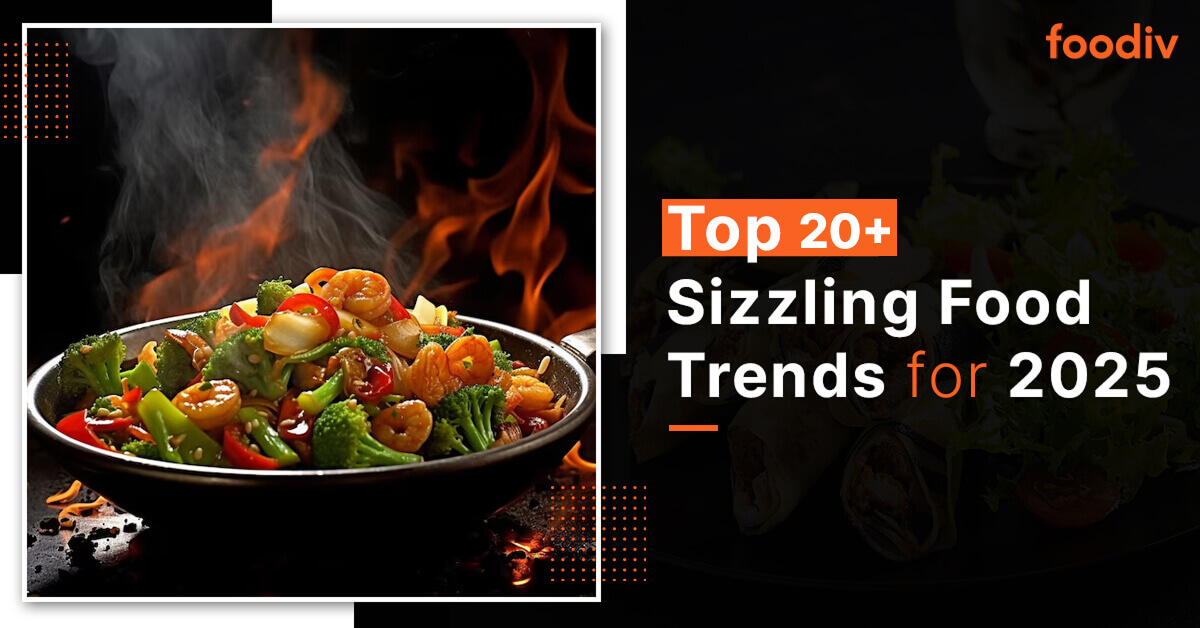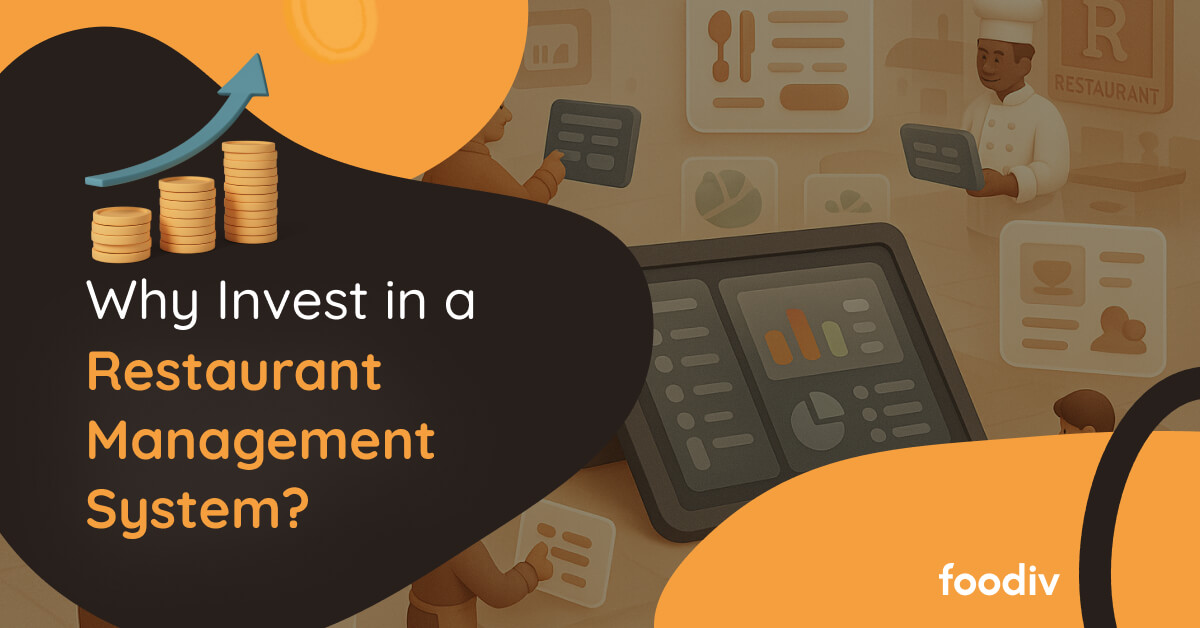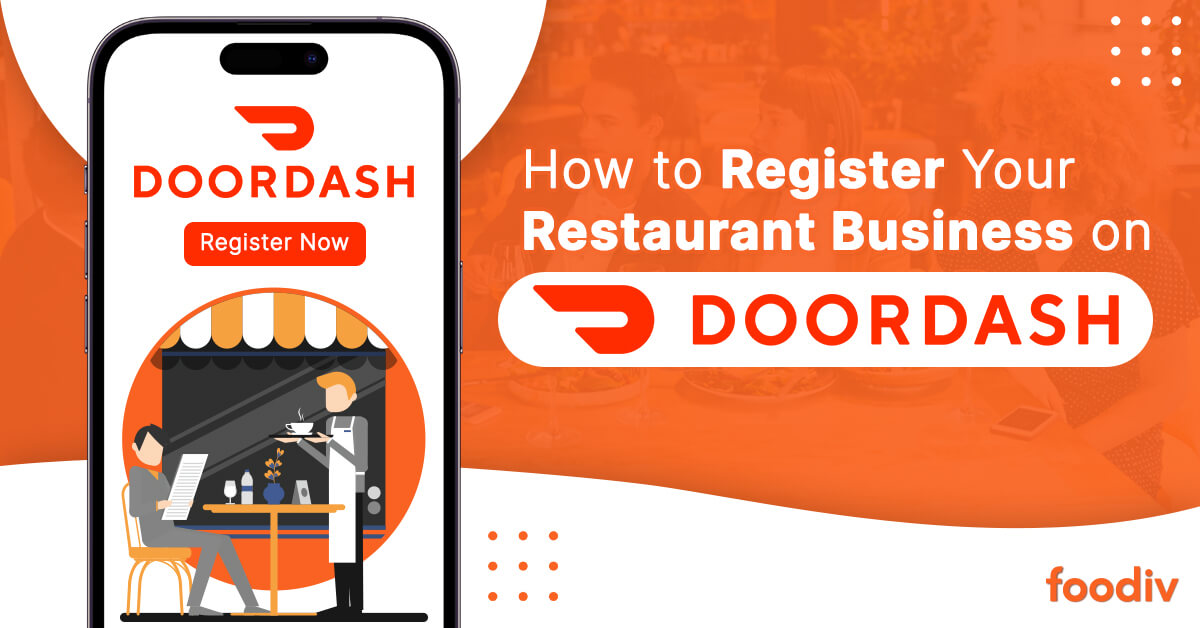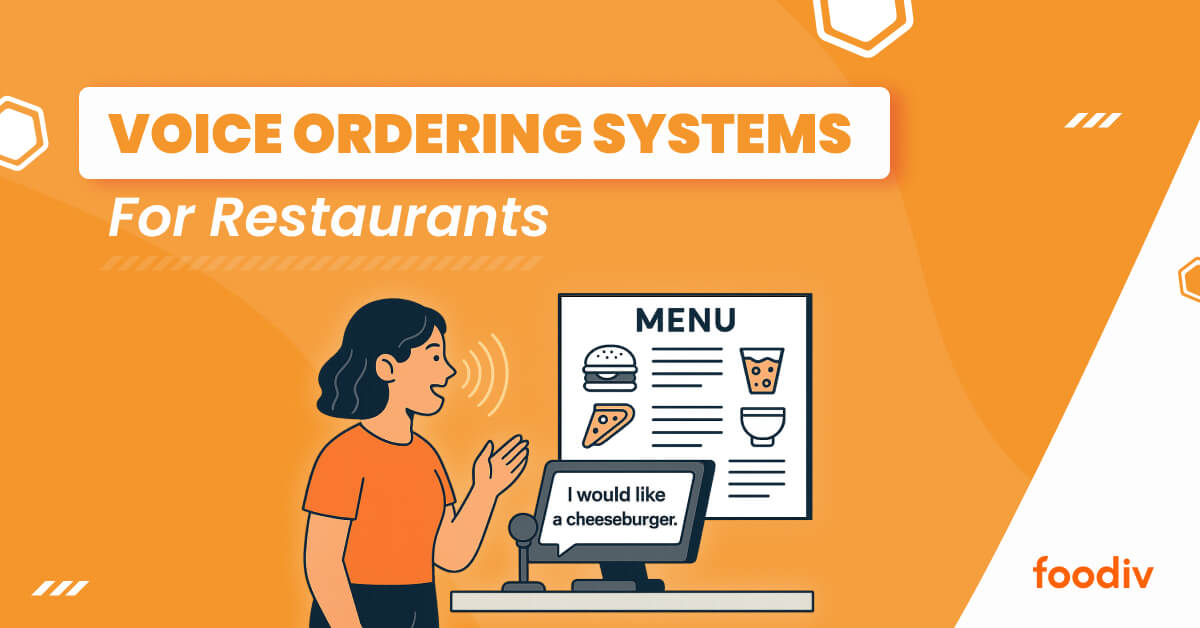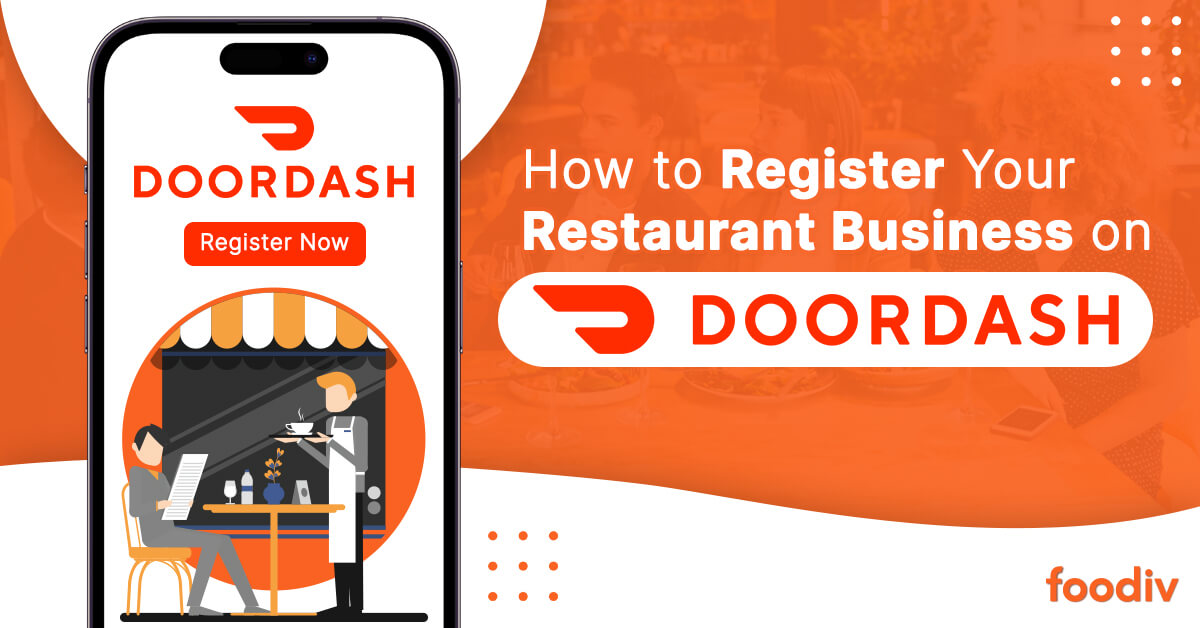
Quick Summary: Modern restaurants have flexible options to use third-party delivery apps or in-house online ordering systems —thanks to digital transformation. But, while third-party delivery apps are proving to be a boon for established and large restaurants or restaurant chains, it is killing local and small restaurants (especially the one that has recently started). So, many restaurant owners, be they large, medium, or small, are concerned if they should go with third-party delivery services or an in-house delivery system for their restaurants.
This blog, “In-House V/S Third-Party Food Delivery,” brings you comparisons to help you choose the right one. Let’s explore.
The world is digitally changing, and it’s changing very fast. Some transformation goes in favor of some businesses, while others bring fortune. The challenge is to identify the gap and make the right choices. This is a similar case with in-house v/s third-party food delivery apps. Restaurant owners fail to understand the need, as a result, often end up making wrong decisions.
Whether you need a third-party food delivery service or an in-house delivery system for your restaurant will depend on various factors. For example;
- You need to identify the gap
- Understand your requirement
- Know the technologies
- Explore comparison “in-house food delivery vs. third party delivery service.
- Check your budget
- And select the correct delivery app or online food ordering service provider
In this article, we have tried to solve all the puzzles and helped to choose the right technologies. So, before you start digging out this comparison, let’s ask a few questions to yourself;
- You Are new restaurant owner?
- Are you running a large restaurant chain?
- Looking to increase restaurant sales?
- Do you looking to expand your restaurant business and reach wider audiences?
- Are you looking to leverage your restaurant with a reliable food ordering and delivery system?
The following paragraphs are the answer to all these questions; keep reading.
What is Third Party Delivery App
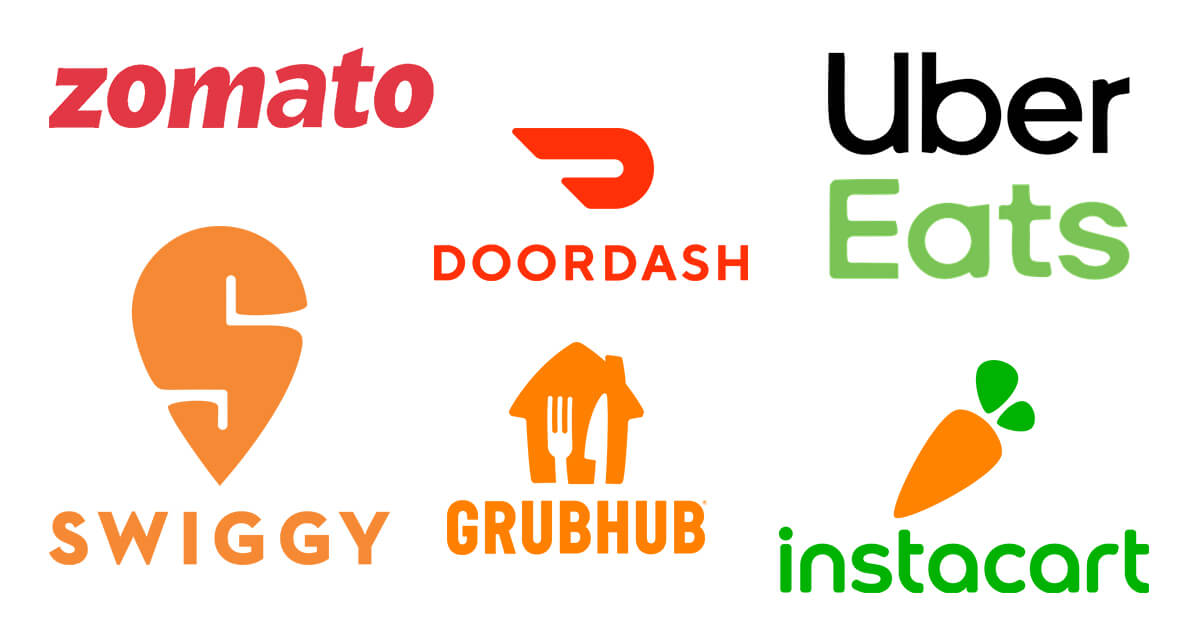
Third-party delivery apps allow restaurants to easily offer online ordering and delivery services without having to invest in their own infrastructure. Third-party food delivery services like DoorDash, Uber Eats, Grubhub, etc., have become extensively popular, especially during the Coronavirus pandemic. In exchange for handling the delivery services, these third party apps charge around 15 to 30% per order as a commission fee. You may have to pay additional charges if you want a vendor partner to handle marketing and customer support. We’ll understand whether it will be a costly affair or not for your restaurant later in this article.
Important Things to consider about Third-Party Restaurant Apps
Pros and Cons of Using Third-Party Delivery App
Third-party food delivery app is one of the most lucrative options for restaurant businesses to offer delivery services to customers. However, it comes with both pros and cons. So, before you step forward, let’s explore the advantages and disadvantages of using a third-party delivery app.
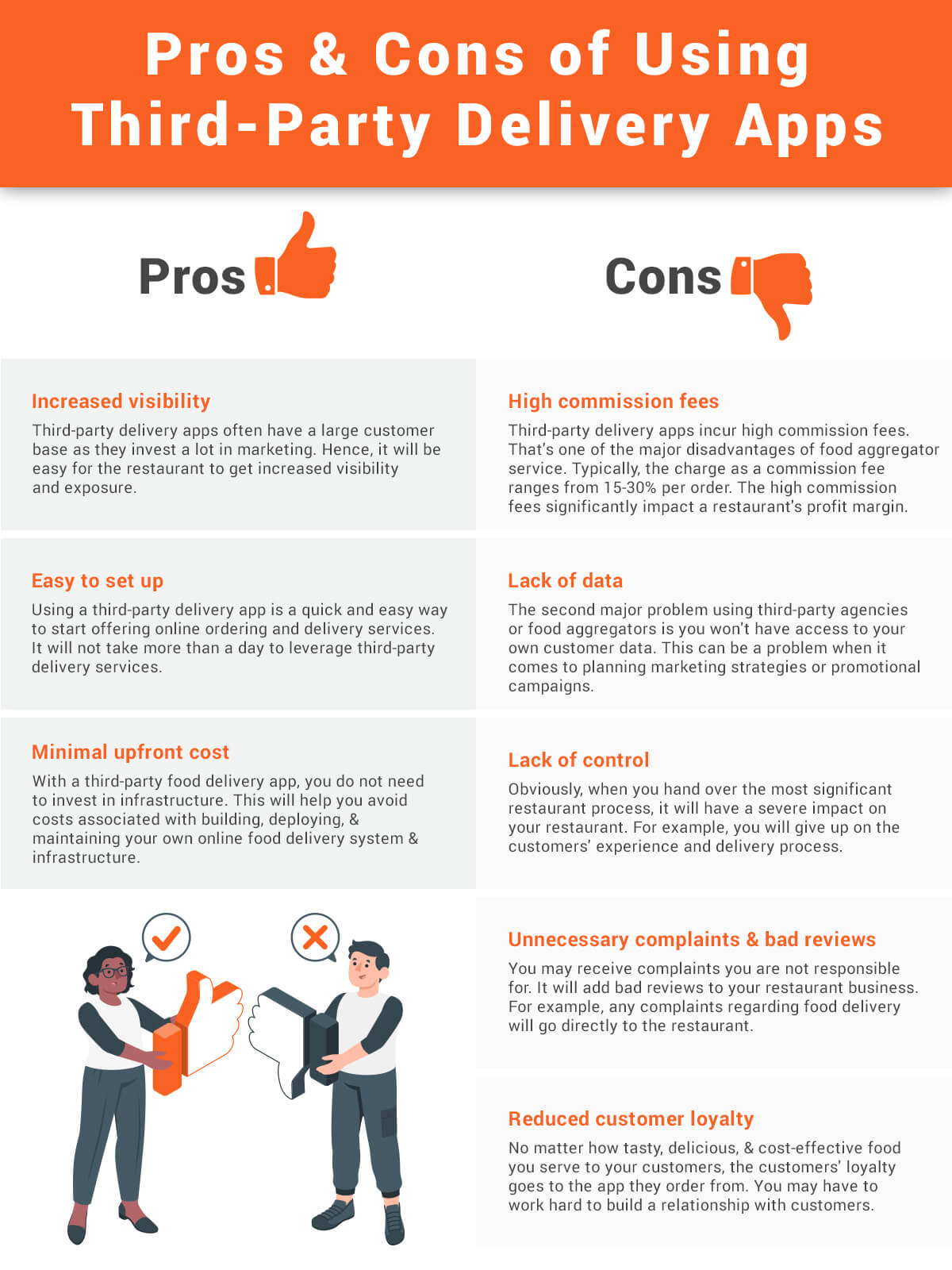
Pros or Advantages of Third-Party Delivery Apps
There are three main advantages of using third-party delivery apps;
- Increased visibility
- Easy to set up
- Minimal upfront cost
Increased visibility: Third-party delivery apps often have a large customer base as they invest a lot in marketing. Hence, it will be easy for the restaurant to get increased visibility and exposure.
Easy to set up: Using a third-party delivery app is a quick and easy way to start offering online ordering and delivery services. It will not take more than a day to leverage third party delivery services.
Minimal upfront cost: With a third party food delivery app, you do not need to invest in infrastructure. This will help you avoid costs associated with building, deploying, and maintaining your own online food delivery system and infrastructure.

Cons or Disadvantages of Using Third-Party Delivery Apps
As we talked about the advantages of a third party delivery service, it also has some drawbacks that you should know. There are five main disadvantages of using an aggregator app;
- High commission fees
- Lack Of Data
- Unnecessary complaints, bad reviews
- Lack of control
- Reduced customer loyalty
High commission fees: Third-party delivery apps incur high commission fees. That’s one of the major disadvantages of food aggregator service. Typically, the charge as a commission fee ranges from 15-30% per order. The high commission fees significantly impact a restaurant’s profit margin.
Lack of data: The second major problem using third-party agencies or food aggregators is you won’t have access to your own customer data. This can be a problem when it comes to planning marketing strategies or promotional campaigns. Without customer data, you may struggle to retain customers in the long term, which could ultimately hurt your sales.
Unnecessary complaints and bad reviews: You may receive complaints you are not responsible for. It will add bad reviews to your restaurant business. For example, any complaints regarding food delivery will go directly to the restaurant. It can result in losing out on their customers for no fault.
Lack of control: Obviously, when you hand over the most significant restaurant process, it will have a severe impact on your restaurant. For example, you will give up on the customers’ experience and delivery process.
Reduced customer loyalty: No matter how tasty, delicious, and cost-effective food you serve to your customers, the customers’ loyalty goes to the app they order from. You may have to work hard to build a relationship with customers.
Who is a Third Party Delivery App Good for?
A third-party delivery app is only a good option for some restaurant owners. First, you need to evaluate and find out if you really need a food aggregator app to partner with. Here are some points to help you do it.
- Third-party delivery service is mainly suitable for large restaurant chains
- Restaurants charging high margins per order
- Restaurants with high order volume
- Food outlets having a large volume of orders daily
What is In-House Delivery App
An in-house delivery system for your restaurant refers to the platform the restaurant creates and manages on its own website or mobile app. It can be a custom-made or SaaS-based online ordering system. This online ordering system gives restaurants complete freedom, letting the owner handle the entire process, from accepting the order to preparing and delivering the food.
Using In-House Online Ordering System (Pros and Cons)
Using an in-house online delivery system comes with plenty of benefits to help new-age startups or established restaurant owners. Here, we have discussed the pros and cons of the in-house ordering & delivery system in detail. Let’s explore.
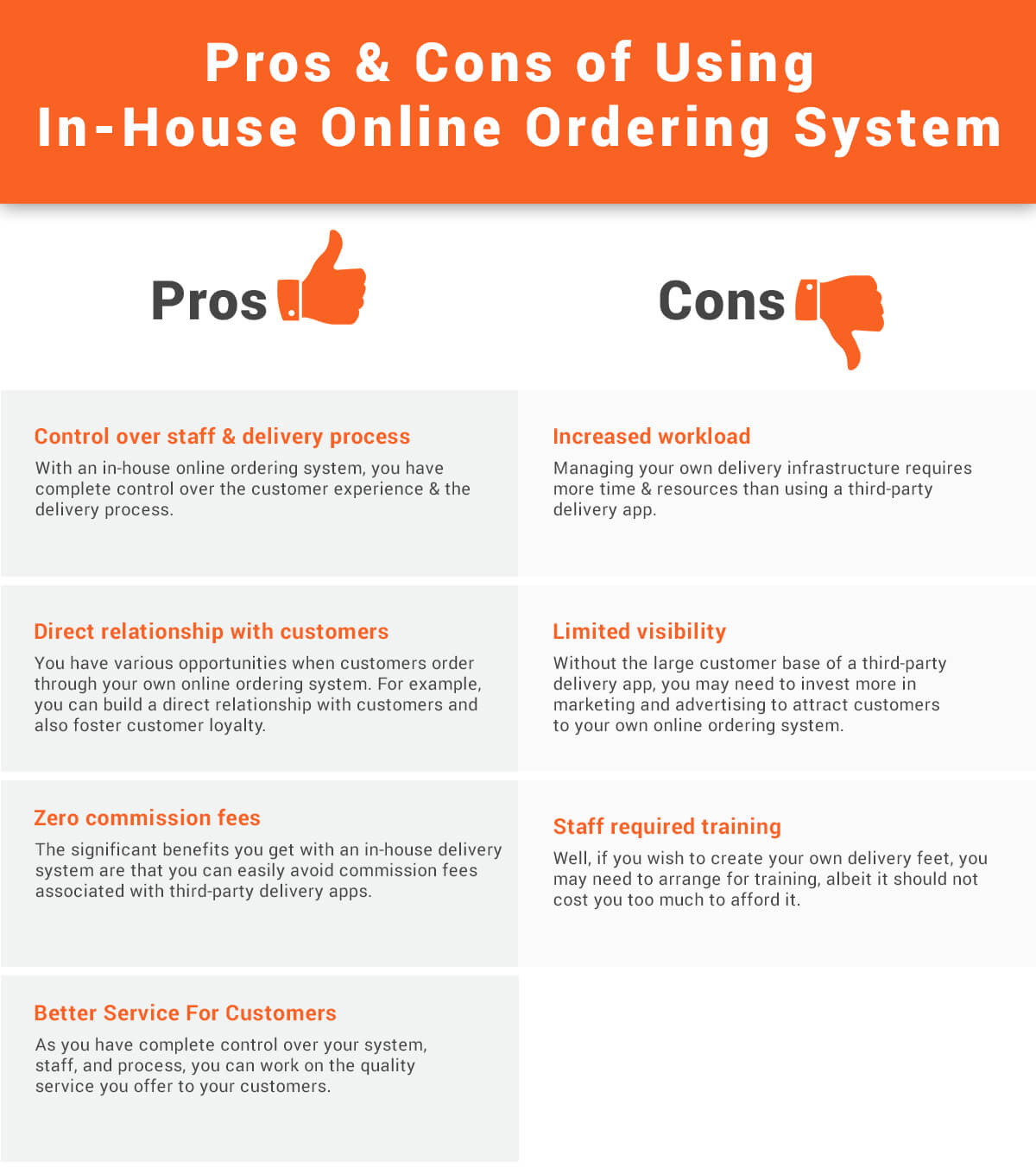
Pros of Using In-House Delivery Service
There are four main benefits of in-house delivery service;
- Complete control over staff and delivery process
- Direct relationship with customers
- Zero commission fees
- Better service for customers
- Lower costs
- Flexibility and customization
- Brand awareness
- control over the delivery process
- QR based digital menu
No doubt, there can be plenty of other benefits, but let’s understand these four in detail;
Complete control over staff and delivery process: With an in-house online ordering system, you have complete control over the customer experience and the delivery process. Besides, with the food aggregator app, delivery time shot up to sixty minutes during peak dinner hours, which goes up to three hours during festivals. However, they come with limitations as they cannot add more drivers as it entirely depends on drivers signing on to the platforms. But with in-house delivery processes, you can plan for peak hours and festivals in advance and increase capacity.
Direct relationship with customers: You have various opportunities when customers order through your own online ordering system. For example, you can build a direct relationship with customers and also foster customer loyalty.
Zero commission fees: The significant benefits you get with an in-house ordering and delivery system like Foodiv are that offer you easily avoid commission fees associated with third-party delivery apps. You cannot certainly avoid the upfront costs, but you can lessen them by integrating a SaaS-based food ordering system.
Better Service For Customers: As you have complete control over your system, staff, and process, you can work on the quality service you offer to your customers. It will help you to motivate your customers to order food online using your app.
Cons of Using In-House Delivery System
With pros, the in-house delivery system also comes with a few cons, albeit they can mitigate quickly. There are four disadvantages of using your online food ordering system.
- Higher upfront costs
- Increased workload
- Limited visibility
- Staff required training
Higher upfront costs: Setting up an in-house online ordering system can be expensive, requiring investment in software, hardware, and personnel.
Cost-saving tips: You save the high upfront cost by integrating an off-the-shelf system, aka SaaS-based food ordering system. You can connect with us or any of your tech partners to help you understand the advantages of online food ordering systems and how it saves you costs.
Increased workload: Managing your own delivery infrastructure requires more time and resources than using a third-party delivery app.
Pro tips: SaaS-based delivery system comes with a one-time investment and offers flawless online restaurant ordering and delivery services.
Limited visibility: Without the large customer base of a third-party delivery app, you may need to invest more in marketing and advertising to attract customers to your own online ordering system. Restaurant digital marketing is cost-effective, provided you know how to create compelling digital marketing strategies.
Staff required training: Well, if you wish to create your own delivery feet, you may need to arrange for training, albeit it should not cost you too much to afford it.
Who is In-House Online Delivery App Good for?
An in-house online ordering and delivery system is a good option for every restaurant that wants to expand its business and reach wider audiences. However, specifically, the online food ordering system is good for the following ones;
- A small restaurant owner and want to expand business
- Want to enhance customer relationships and control the interaction from start to finish
- Local restaurants, such as cloud kitchen, ghost kitchen, meal prep delivery businesses, and more, with a loyal customer base
- Or the restaurant in a small town where maintaining customer relationships is paramount

Choose Between Third Party Delivery App vs. In-House Food Ordering System?
That’s a complex question that only you can answer. We can help you decide, but for you, we need to understand a few things;
For example;
- What Your budget
- Your region
- customer base
- What you want to achieve with the system
Or, keeping these questions in mind, you can evaluate through this article if you should go with a third party delivery service or have your own online ordering and delivery system. We have given the comparison that helps you make an informed decision. Or, you can connect with us, and we will help with your requirements.
Final Thoughts
In conclusion, both third-party delivery apps and in-house online ordering software have their own set of advantages and disadvantages. Therefore, it is crucial for restaurants to carefully consider their specific needs and evaluate the costs and benefits of each option before making a decision.
While third-party delivery apps may offer increased visibility and easy setup, they come with high commission fees and reduced control. And that’s not good for small restaurant owners as it will heavily impact their benefit margins.
In contrast, in-house online ordering systems offer increased control and direct customer relationships. Still, they require more upfront investment (if you go with a custom online ordering system) and effort to set up and maintain. However, integrating a SaaS-based online ordering system will save you big bucks. Ultimately, the right choice will depend on the individual needs and priorities of each restaurant.


